This is a post I put on Facebook (with a couple of clarifications) – crossposted here cos I want to write more about the subject in the next few days and needed continuity…
 Bass kids, seen this meme? It’s bullshit. Pure nonsense. Here’s why.
Bass kids, seen this meme? It’s bullshit. Pure nonsense. Here’s why.
The role of the bass player in YOUR band is entirely a matter for your band. Literally no-one else. If you choose to hand those decisions over to someone else (producer or manager, for example)that’s your choice, and I hope the economics and creative gains from doing that work out for you, but there is no ‘the role’ here. There are styles in which you are expected to play a certain way. That’s not ‘a band’. It’s a style and it’s an expectation that can be broken to create interest. There are contexts in which there are fairly safe assumptions that can be made about what is and isn’t appropriate to the context. That’s not ‘a band’. It’s a context and what’s great in that context is almost always up for negotiation.
This idea that bassists doing anything other than providing ‘the foundation’ or whatever is somehow transgressive, somehow undermining of our ‘role’ is all made up. It’s an invention of people who feel the need to gatekeep the instrument in a way that no other instrument comes close to. Sure drummers get a hard time for soloing and guitarists get stick for soloing for too long, but nothing compares to the weight of expectation dumped on bassists from those who supposedly have more experience and are trying to impart useful knowledge.
Here’s some useful knowledge. Play music that you love listening to. Not music you love playing, music you love listening to. [by this I don’t mean ‘just play covers’, I mean make music that appeals to your ears not just your hands. Music that sounds great to you, whether or not it feels fun to play] If your enjoyment comes from making great music, you’ll find yourself automatically playing in a way that pursues that. You’ll find yourself drawn to practice ideas and gear talk and contexts in which ‘making great music’ is the aim. If you’re drawn to play things that are fun to play over all over criteria, there’s a strong chance you’ll end up at odds with what the rest of the musicians you’re working with want to do. And you’ll struggle to find your tribe, because you’ll be hoping for a context in which your needs are met without considering anyone elses, and without the shared goal of making something amazing.
It’s why I never go to jam sessions – no shade on people who enjoy them [seriously, I’m not anti-jam sessions at all, they just aren’t what I look for from music], but it’s never been a context in which I’ve found a shared desire to make something amazing. It’s more about the fun of playing. That’s not a bad thing, but it’s also not a parallel goal to making amazing music. They can definitely intersect – I really, really enjoy playing solo or playing improvised collaborative gigs but my aim is always to make meaning, not just have fun wiggling my fingers.
Do what you want to do in your band to make the best music you can, and don’t let anyone who isn’t either giving you money for your skill, or being paid by you for their expertise, tell you what is and isn’t ‘the job’ of any musician in the band.
Almost every great movement in music happened because someone started fucking with ‘the rules’ in order to make great music. A ton of other people then made great music in that new space. You can carve out space or you can inhabit space, there’s no shame in just doing a thing that’s been done before and doing it really, really well. Just do it because you want to do it.
Play intentionally, deliberately, and make the best music you can. You, your audience and the world you inhabit deserve it.
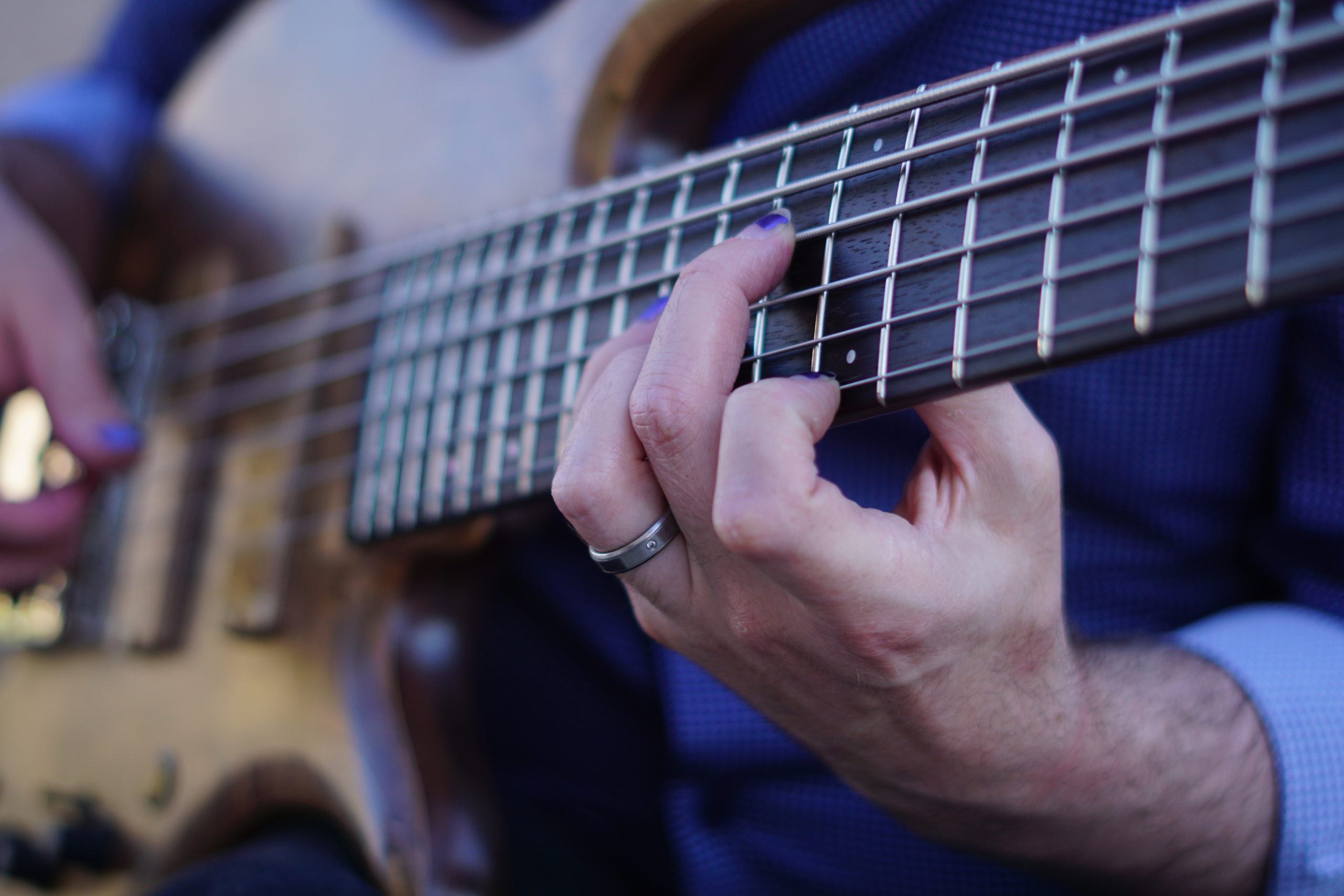
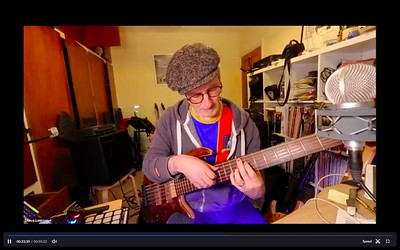 Heading into the COVID lockdown and everything moved online. I wrote tutorials for other teachers and performers in how to set up for streaming lessons and gigs, and got on with moving all my bass teaching online.
Heading into the COVID lockdown and everything moved online. I wrote tutorials for other teachers and performers in how to set up for streaming lessons and gigs, and got on with moving all my bass teaching online. I am adamant that it is not my job to decide the exact path every student should go on. My students are almost exclusively grown-ass adults with a lifetime’s experience as music listeners, and generally some familiarity with the instrument (I love teaching total beginners, but it doesn’t happen very often). My task is to equip them to play the music that inspires and motivates them, to plot a journey towards their own creative aspirations and intentions. For some of them that’s playing bass in a band in a particular genre. For others it’s about broadening their general skill set regarding navigating the fretboard in terms of keys and melodic/intervallic patterns. For some it’s developing a practice towards building a vocabulary for improvisation, and still others it’s playing solo. I don’t decide what they should want to do, I just give them the tools to get there. And in any given week, I give them WAY more tools than they need, because I can, and because while rewatching the video there might be one section that really connects with them that they can watch over and over again and really dig into. They also have a document of their own playing that can be really useful for reflective and reflexive assessment of where they are up to.
I am adamant that it is not my job to decide the exact path every student should go on. My students are almost exclusively grown-ass adults with a lifetime’s experience as music listeners, and generally some familiarity with the instrument (I love teaching total beginners, but it doesn’t happen very often). My task is to equip them to play the music that inspires and motivates them, to plot a journey towards their own creative aspirations and intentions. For some of them that’s playing bass in a band in a particular genre. For others it’s about broadening their general skill set regarding navigating the fretboard in terms of keys and melodic/intervallic patterns. For some it’s developing a practice towards building a vocabulary for improvisation, and still others it’s playing solo. I don’t decide what they should want to do, I just give them the tools to get there. And in any given week, I give them WAY more tools than they need, because I can, and because while rewatching the video there might be one section that really connects with them that they can watch over and over again and really dig into. They also have a document of their own playing that can be really useful for reflective and reflexive assessment of where they are up to.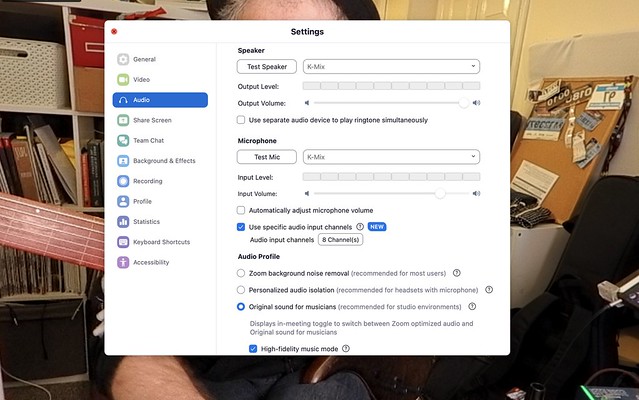
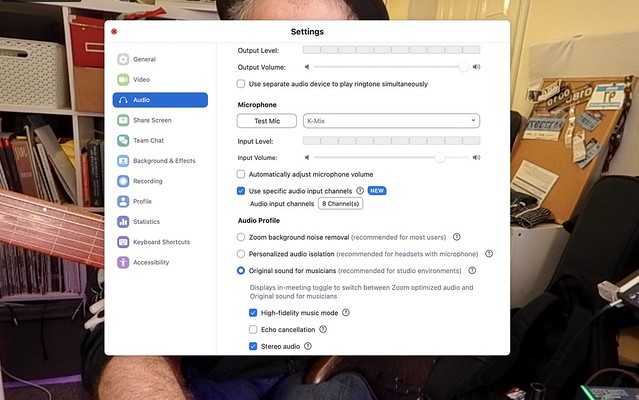


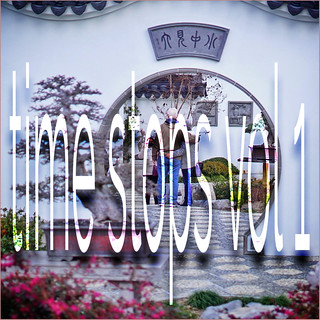
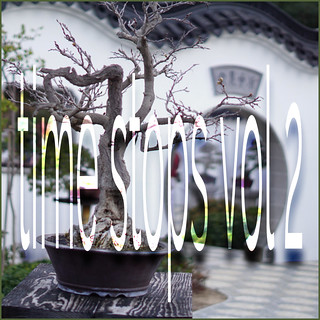
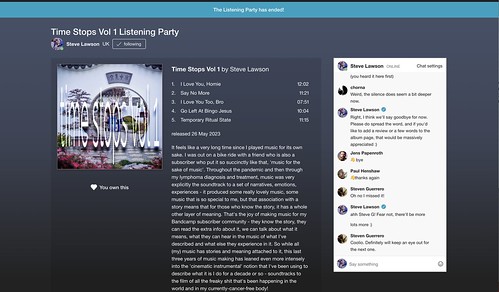
 But first a couple of thoughts on why one to one lessons are the right choice for many musicians. Coming out of the summer and re-entering the academic year, a lot of people find themselves starting to think about their music learning and what can take it to the next level.
But first a couple of thoughts on why one to one lessons are the right choice for many musicians. Coming out of the summer and re-entering the academic year, a lot of people find themselves starting to think about their music learning and what can take it to the next level. One of the true legends and pioneers of bass in Britain has died – Mo Foster passed away from Cancer aged 78 a couple of days ago.
One of the true legends and pioneers of bass in Britain has died – Mo Foster passed away from Cancer aged 78 a couple of days ago.